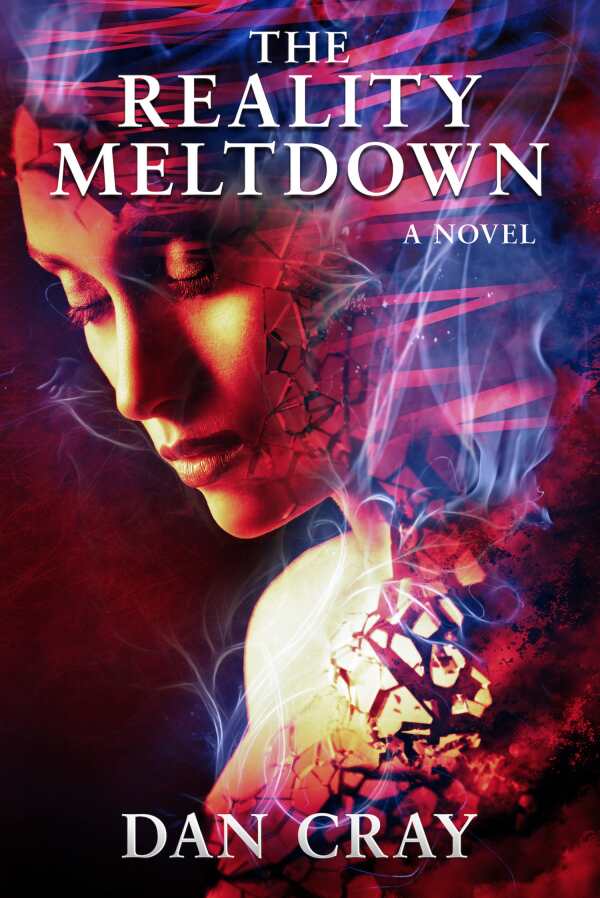The Reality Meltdown
In the imaginative science fiction novel The Reality Meltdown, reality’s scaffolding is compromised by the discovery that “inanimate” materials experience sentience—and rage.
In Dan Cray’s surprise-filled science fiction novel The Reality Meltdown, a figurine manufacturer helps his wife prevent the dissolution of the world.
In present-day Northern California, Matt is a manufacturer of popular miniatures, Melds. Following a brush with death, he starts hearing the statuettes whispering to him; soon, other inanimate objects add to this noise. When he tells his wife, Sofia, what he is experiencing, she at first brushes him off, saying that everyone talks to themselves by talking to objects.
But then Sofia admits that Matt is right: though objects “may not have eyes and ears, … they interact with the world using electrical, olfactory, and visual signals… physical and chemical techniques that give them an understanding of what’s happening around them.” Further, her family has a historic role in communicating with raw materials. She turned her back on that role in order to build a life with him. But their days have been compromised: the “inanimate” materials that make up the infrastructure of the world have decided that the best way to remind humans of their interdependence is to unmake the world.
The worldbuilding applies childhood logic to adult worries as chairs, clothes, and clocks are revealed to have feelings and opinions, including about supply chains, mass production, and waste. These raw materials, or “elements,” view Matt’s work creating endearing but meaningless statuettes destined for the trash heap as endemic of humanity’s insulting ignorance. Their perspectives are both fascinating and compelling, requiring a reconsideration of how people interact with the material world. Indeed, the scenes that depict the elements’ sentience are action-packed and thrilling; the machinations of their vivid, distorted world are a feast for the imagination.
In contrast, Matt is a frustrating hero who refuses to capitulate to the objects’ terms and turn his back on toy making, even though doing so could prevent the dissolution of the world. He also wavers between his desire to tell the world about the sentient objects and his feelings of disbelief, rendering him an unreliable champion in this potentially reality-upending tale. Those around him are more consistent, including Sofia’s family members and Matt’s friends, who represent unique takes on familiar archetypes and contribute earned surprises to the story.
In the whimsical speculative novel The Reality Meltdown, a toy maker faces existential threats when the objects around him decide to revolt.
Reviewed by
Ben Linder
Disclosure: This article is not an endorsement, but a review. The publisher of this book provided free copies of the book and paid a small fee to have their book reviewed by a professional reviewer. Foreword Reviews and Clarion Reviews make no guarantee that the publisher will receive a positive review. Foreword Magazine, Inc. is disclosing this in accordance with the Federal Trade Commission’s 16 CFR, Part 255.

